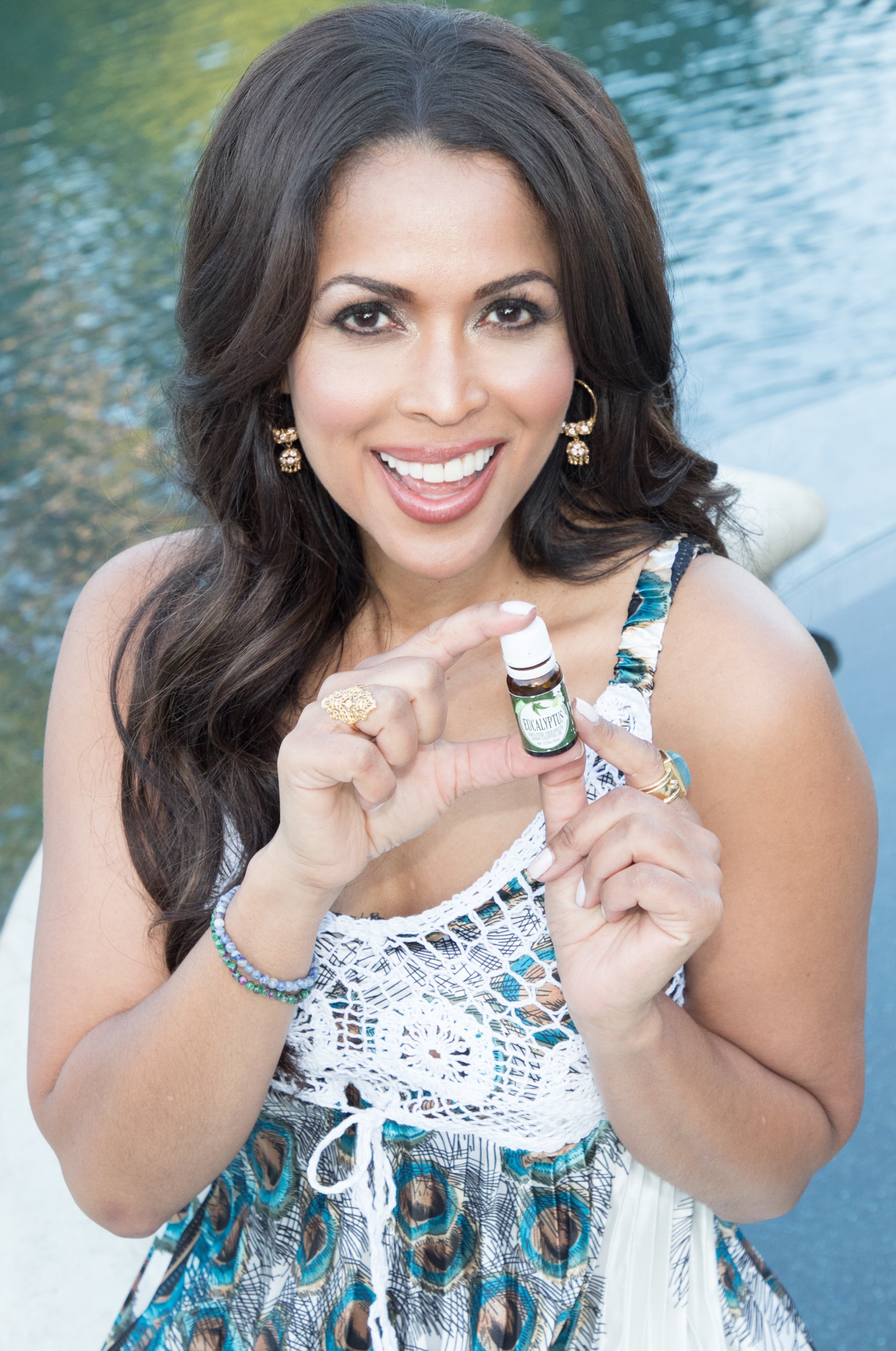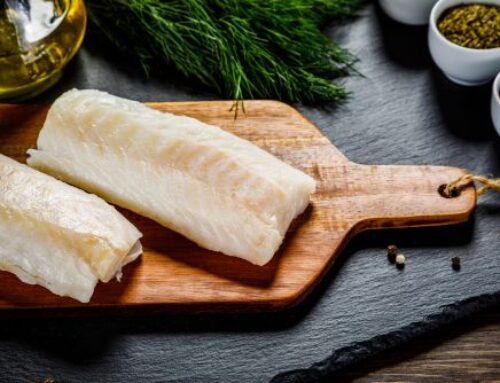Essential oils have been used for centuries for various ailments. By letting flowers or herbs seep and condense, holistic healers have created these topicals that compound the effects of the original plant. They’re called essential oils and I definitely consider them more than essential to anyone’s healing journey.
I want to first go over how to use essential oils and then dive into a guide to the ones that I use the most. These affordable little vials occupy a permanent space in my cabinet and a permanent role in my weekly relaxation routine.
How to Use Essential Oils?
Most essential oils come in a pure, undiluted form. With a few exceptions, this means that they are too harsh to put directly on your body. To properly use essential oils on your skin, you need a carrier oil to mix with it. Add a few drops of the essential oil to a suitable carrier oil to create a salve that can serve as a beauty product or even a pain reliever, depending on the oil.
Common carrier oils include Jojoba, coconut, olive, and almond. I find that almond oil feels wonderful on my skin and handles the essential oils well, but any should work (just make sure you buy them organic!).
I also enjoy using essential oils aromatically, which requires a machine called a diffuser. It can convert your essential oil into a calming mist that fills the room (you may have seen these at spas or therapy offices). To use these, you should use 2-4 drops of your favorite relaxing oil or a combination of a few of them to create a custom atmosphere of aromatic benefits.
Lastly, you can ingest some essential oils like Lemon and Lavender, but not all essential oils are intended for internal use. Peppermint, for instance, can only be used externally unless otherwise stated. Use caution and research for your specific products if you plan on taking essential oils internally.
Now, on to my guide to the best oils to use for all kinds of conditions.
Lavender

Lavender is known as a relaxant in plant form and it’s no different as an essential oil. It’s probably the oil I buy the most because it’s the most versatile: it makes for calming aromatherapy and doesn’t usually require a carrier oil to use as a soothing hand lotion.
Lavender’s ability to relax your body has been a well-known benefit for centuries. However, lavender comes with a host of other properties that make it one of the most-used essential oils on the market. These benefits include fighting fungal infections, treating eczema, soothing digestion and nausea, releasing muscle spasms, and reducing inflammation.
With so many benefits in mind, I never let myself run out of lavender.
Peppermint

Peppermint is a perfect winter complement to the modern stresses of a busy week. Athletes love using it to unwind their muscles as a rub and people with IBS revere it for its ability to calm down troubling digestion.
For relaxing muscle spasms and calming irritated stomachs, peppermint works great as a massage oil as well as an aromatic.
Chamomile

Chamomile is the superstar when it comes to essential oil relaxation. When my head is splitting in the middle of a busy week, chamomile’s ability to reduce anxiety comes incredibly handy. Its active ingredient is a well-known stress reliever and works as a salve for tight muscles or as a calming mist in a diffuser.
Eucalyptus

Eucalyptus is a refreshing essential oil and a perfect weapon in your anti-flu season arsenal. If your house stinks from mildew or wet pets or similar smells, eucalyptus can refresh your home in a second. But I mostly use it to refresh my nose and throat.
If you feel a cold coming on, eucalyptus can be used in diffusers or humidifiers to calm down your throat irritation, decongest your nose, and stop a cough.
Bergamot

Bergamot is a citrus-based essential oil that should remind you of a lot of body lotion and cologne products you’ve smelled. In this form, it’s a major stress and pain reliever. Citrus has a natural ability to reduce inflammation and bergamot essential oil inherits that amazing trait.
Remember that like many of these oils, bergamot particularly needs to be diluted with a carrier oil.
Rosemary

Rosemary essential oil, extracted from the familiar herb, packs a ton of unfamiliar benefits. Studies have shown that supplementing with rosemary oil can improve memory and concentration over time by preventing certain brain chemicals from degrading. It can also treat mild musculoskeletal pain, encourage hair growth, reduce short-term stress, and even improve circulation by expanding your blood vessels.
As an added bonus, the smell of rosemary always puts me in a holiday mood.
The Takeaway
Essential oils have many healthy uses, so long as you dilute them with a carrier oil or use them responsibly. As aromatherapy treatments, they offer a calming presence in the house, which is great for those of us that spend more time there now than ever.
As topical treatments, many essential oils offer stress-relieving, pain-reducing, and even decongesting benefits. With cold and flu season coming, holiday stress setting in, and everything getting more hectic, adding one or several of these oils to your daily relaxation routine could be … essential.





Leave A Comment